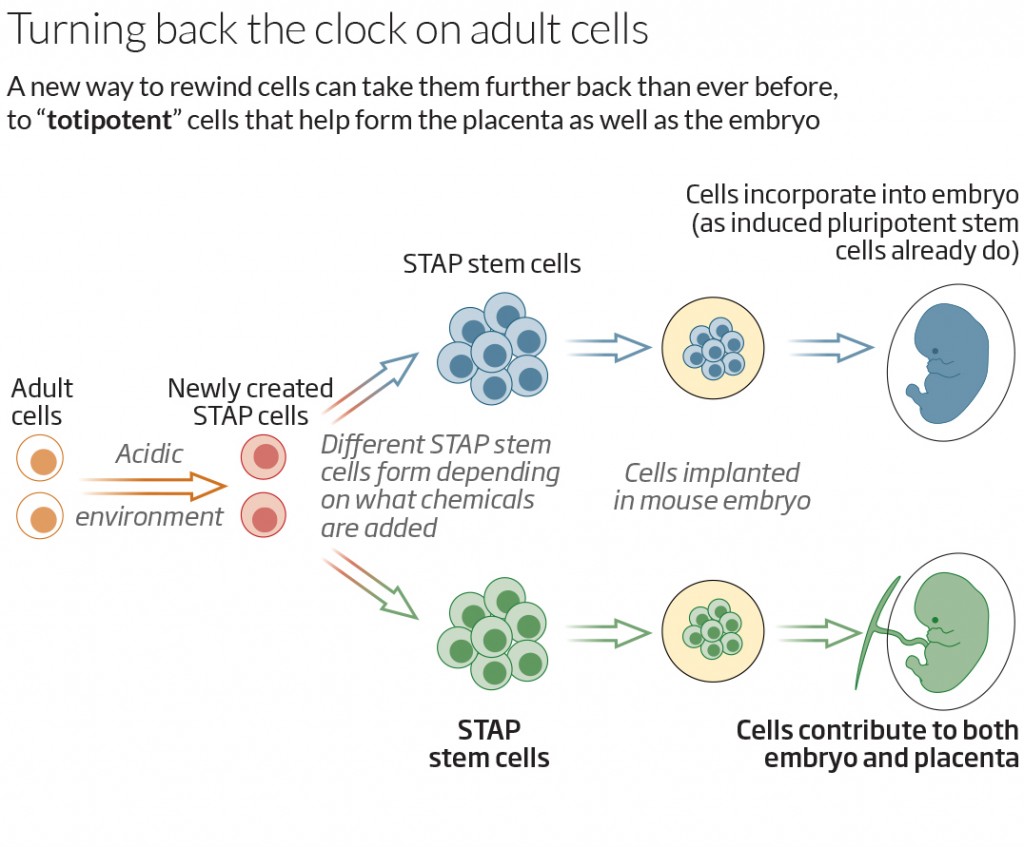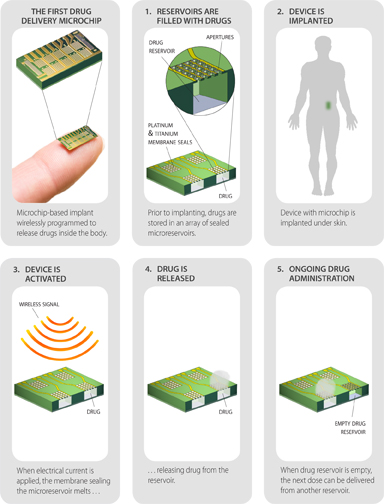I hope not, of course, but there has never been a weight-loss pill that hasn’t backfired somehow. While the short-term safety of Wegovy seems to be understood, it is too new to possibly know of the long-term effects. There is definitely a psychological aspect to it, so conceivably that wears off, and our brains find new pathways to desire eating again.
Possibly, the long-term side-effect is not something that can be measured in a lab. Something like a loss of zest in general, a loss of appetite for life, and the myriad of ways that can present itself in our everyday lives. For example, a loss in the desire to have children, or complete tertiary studies.



